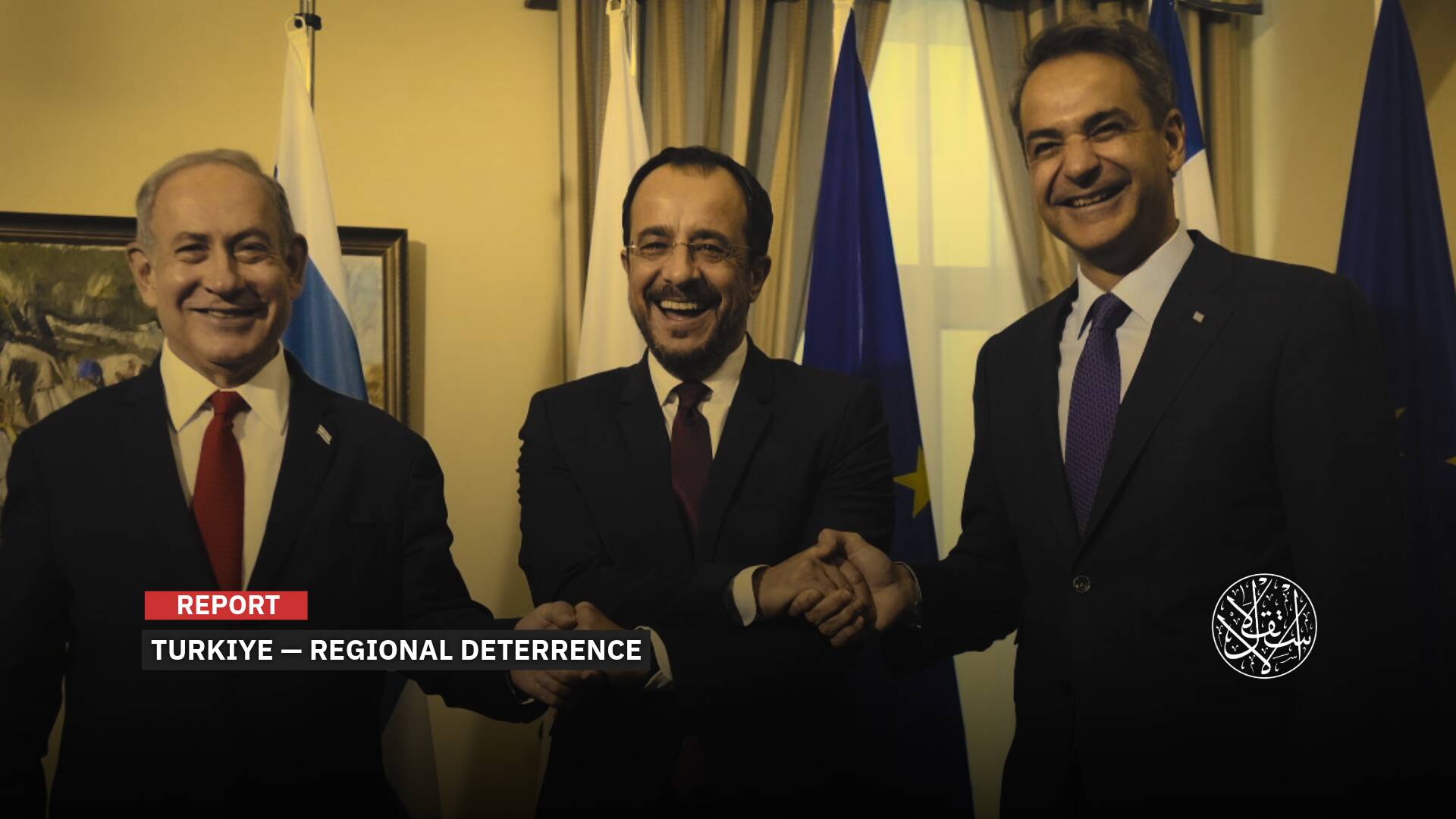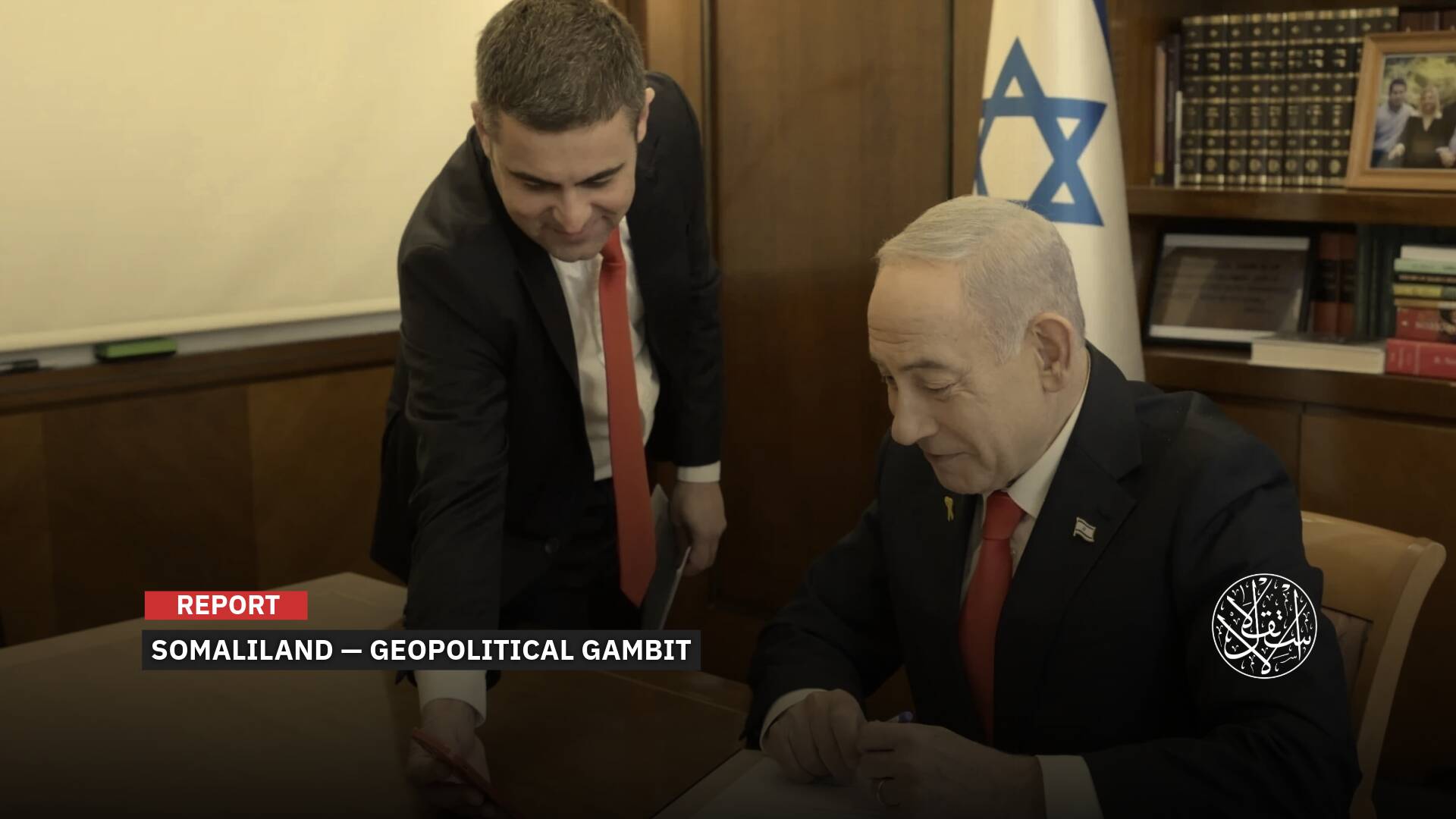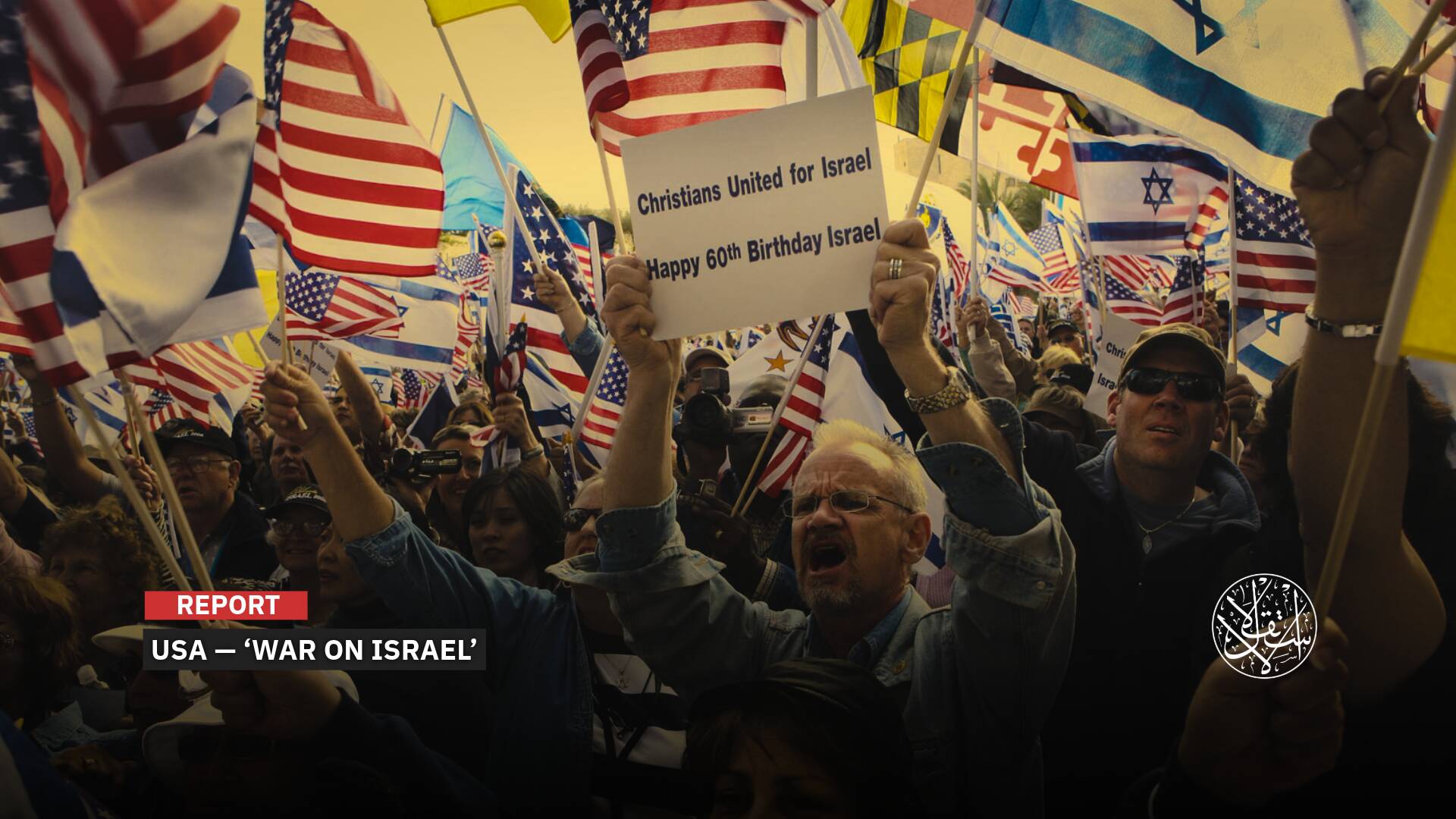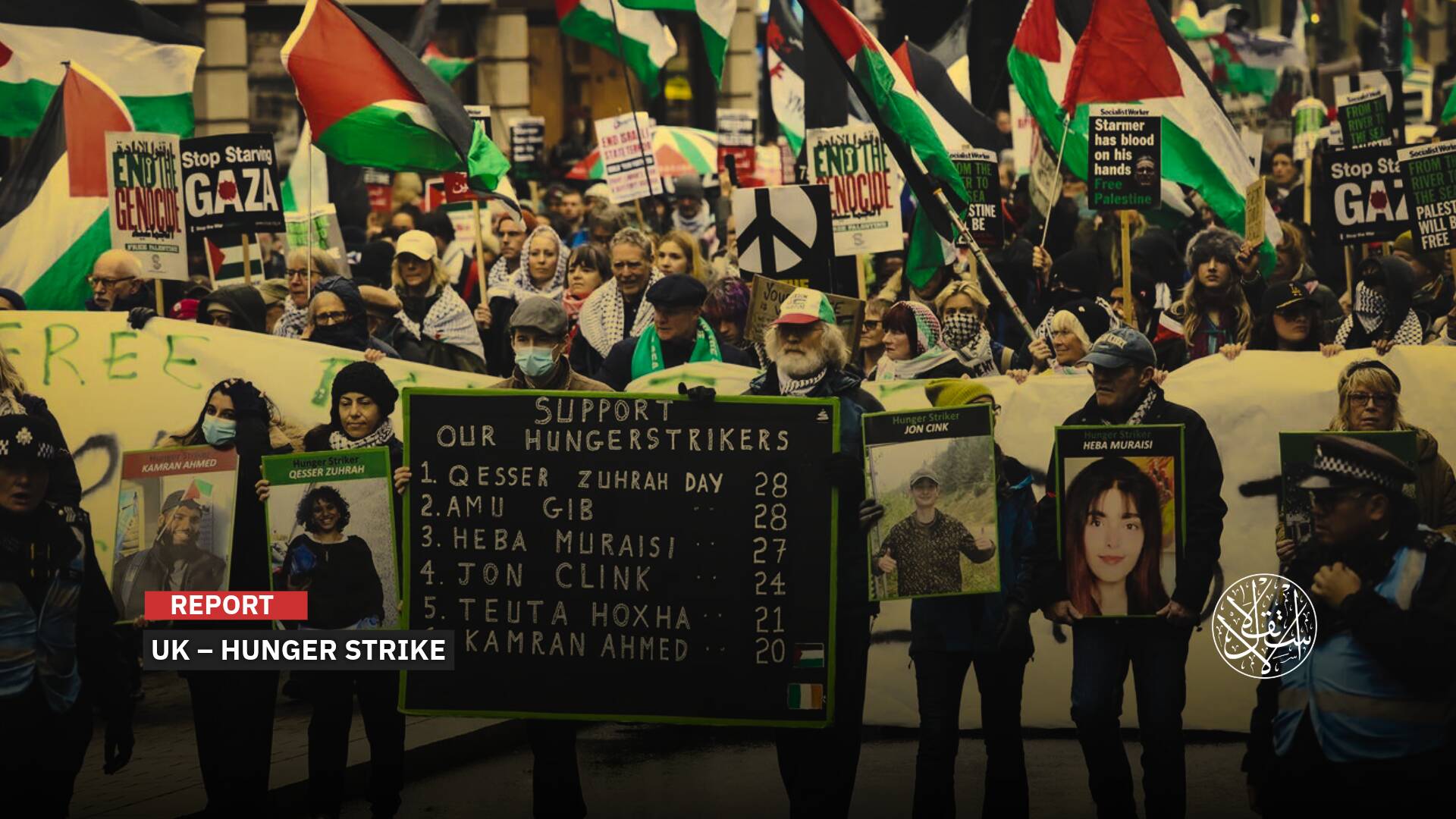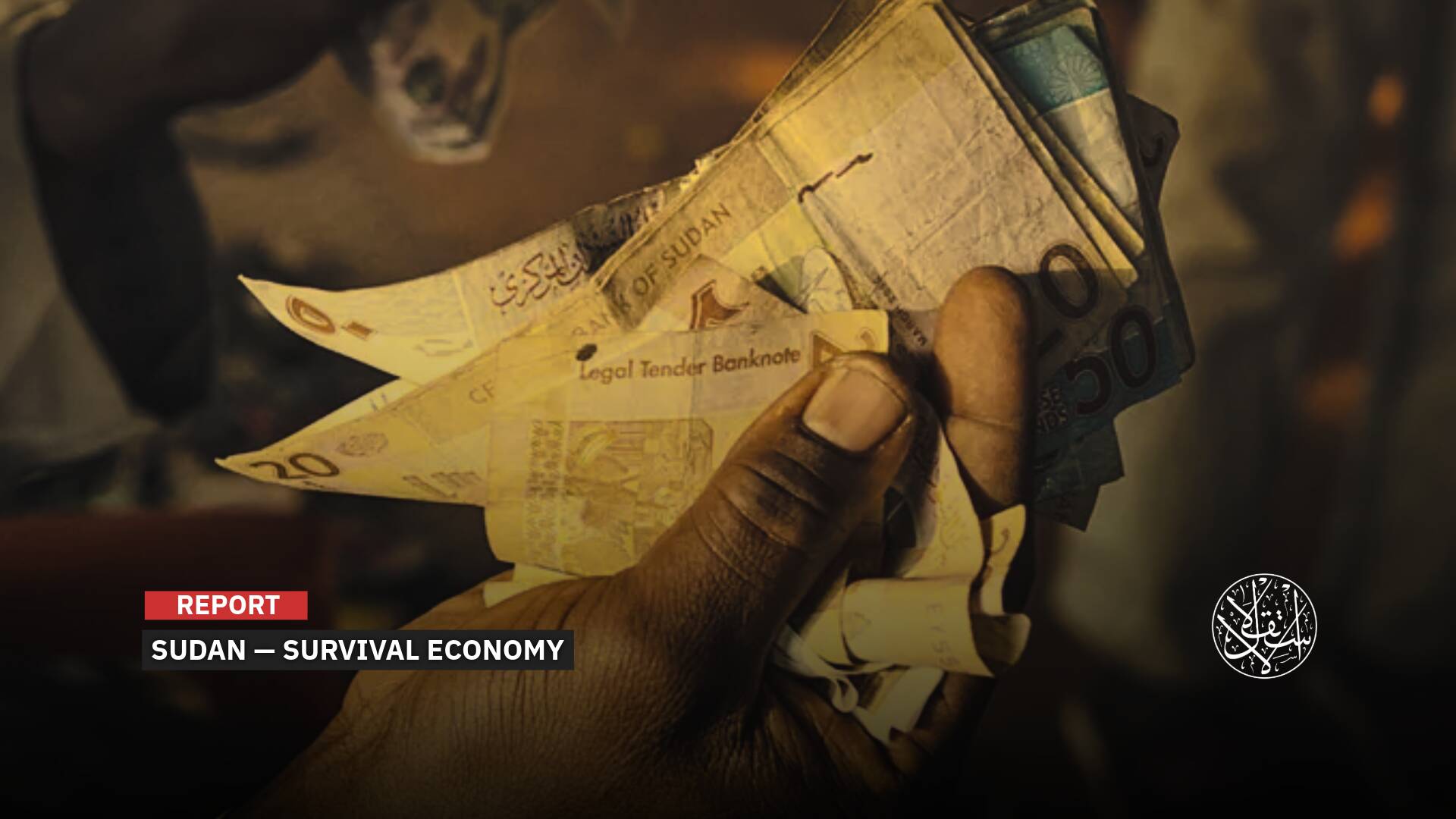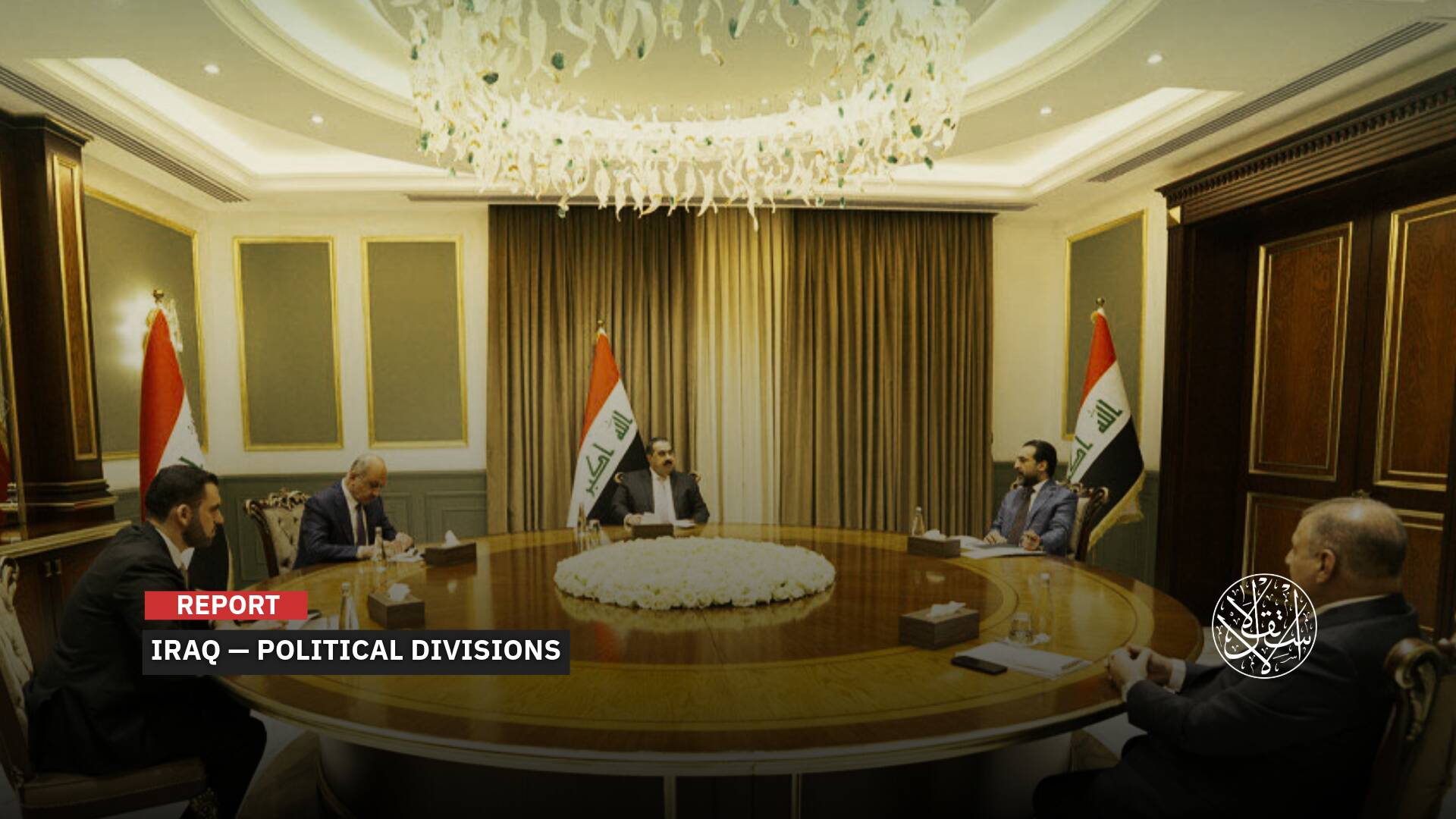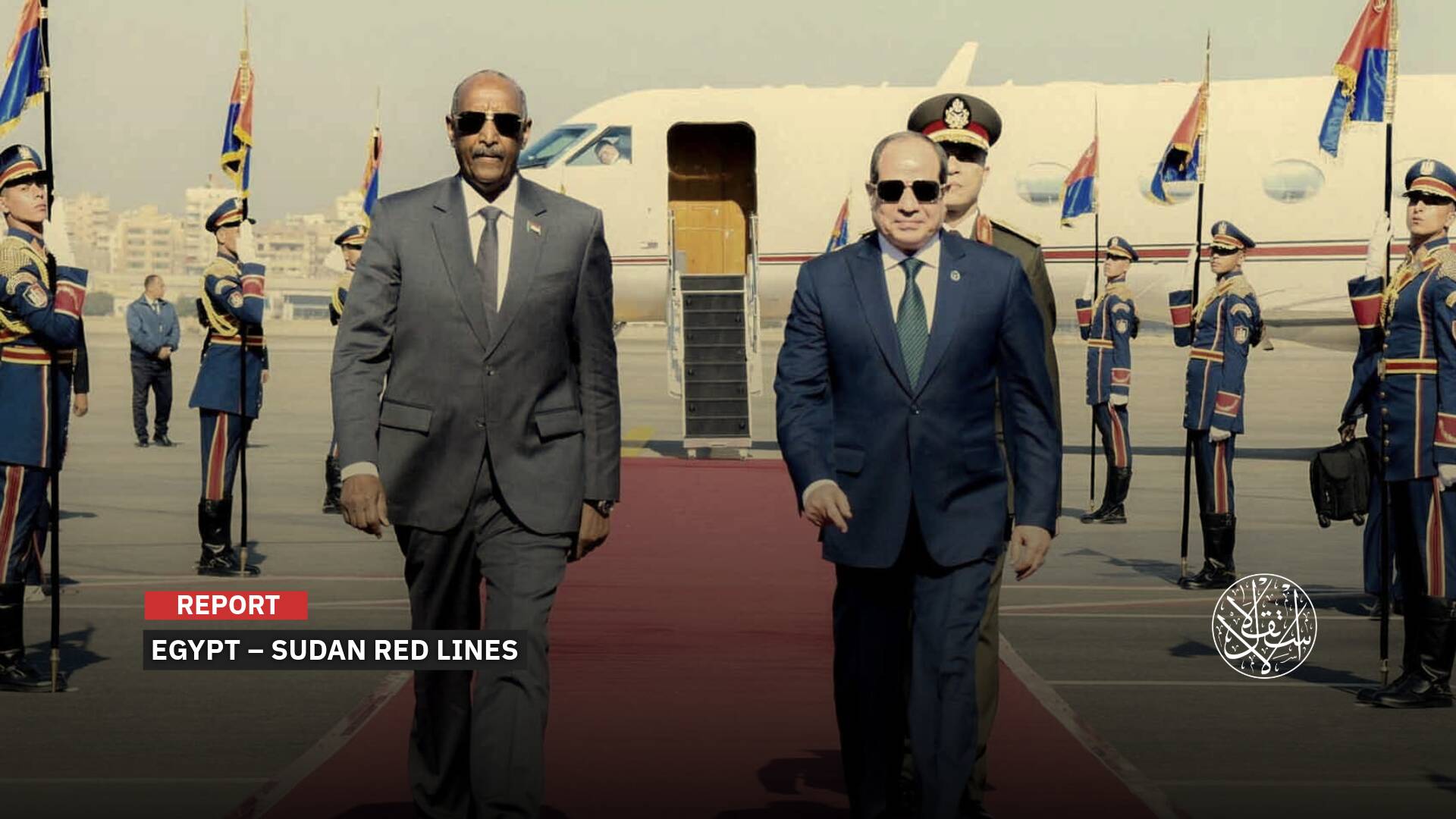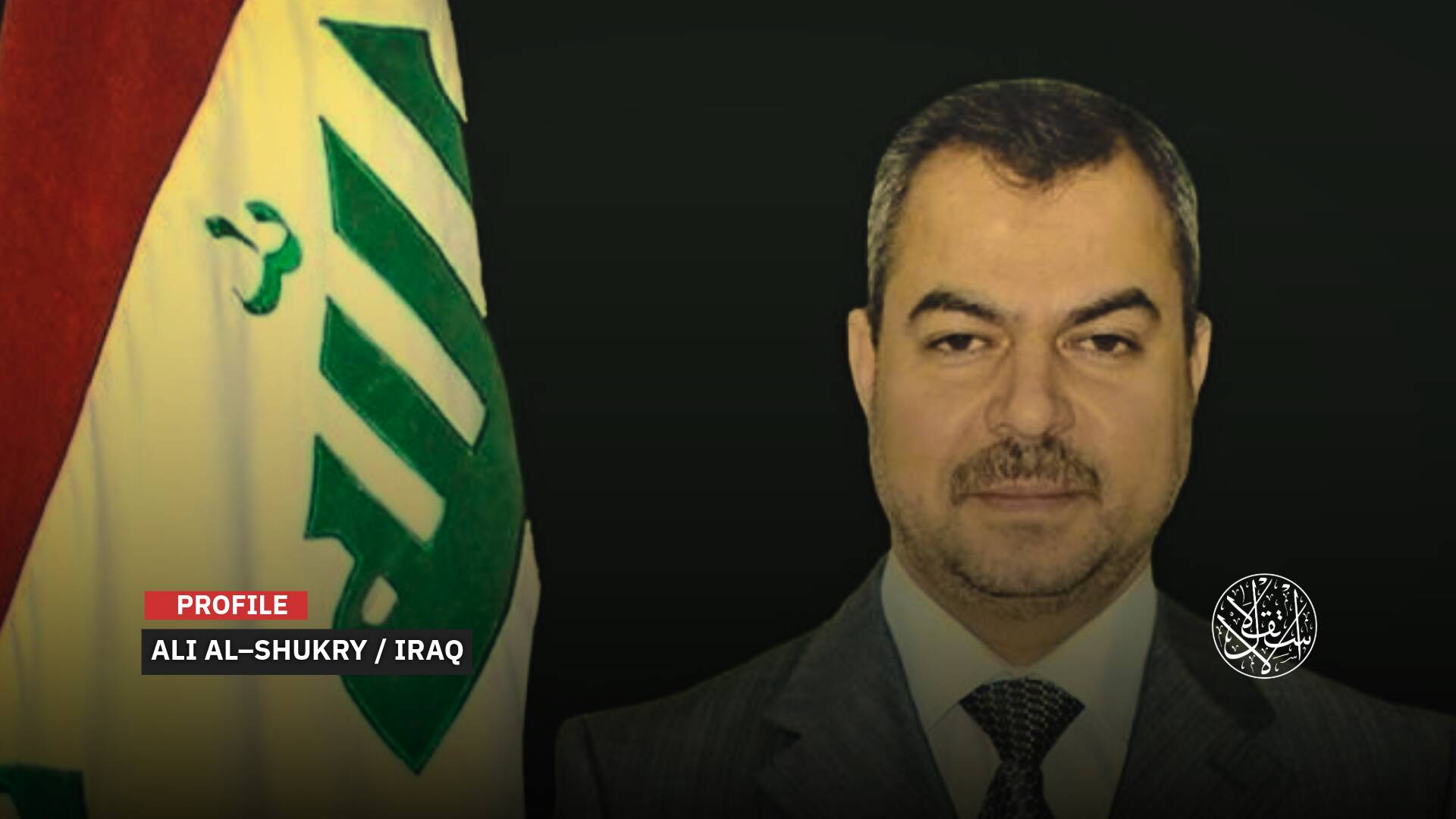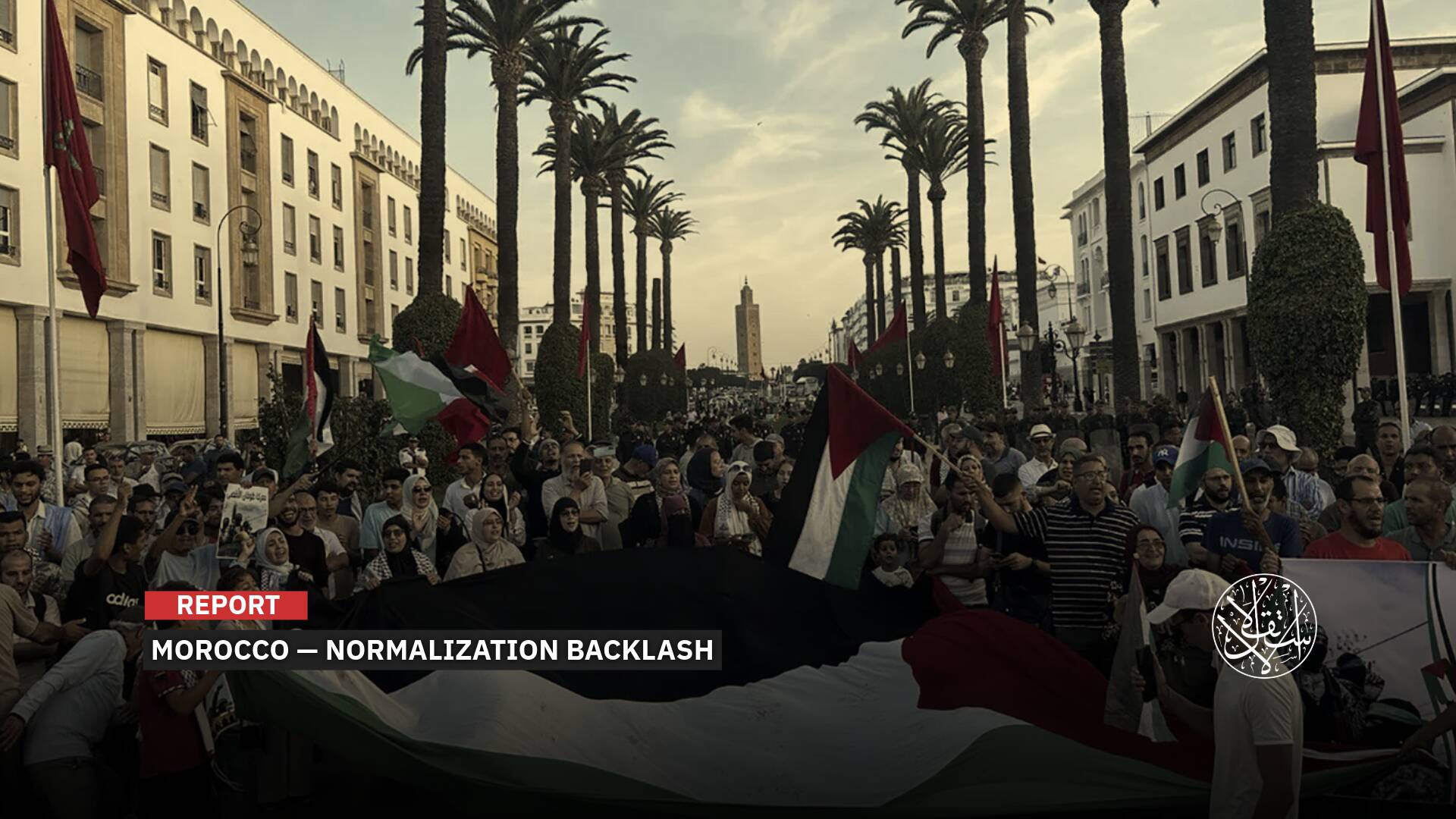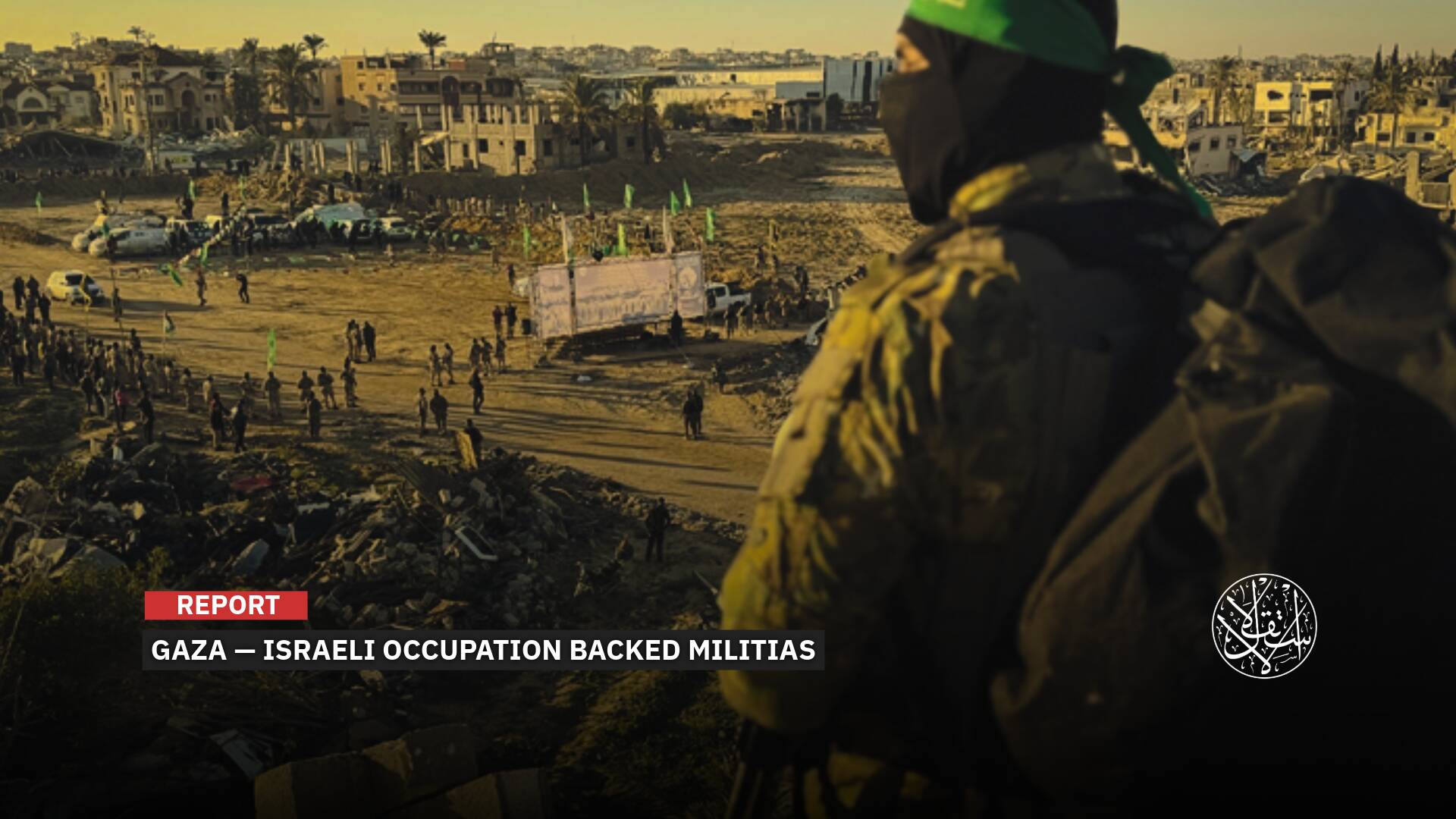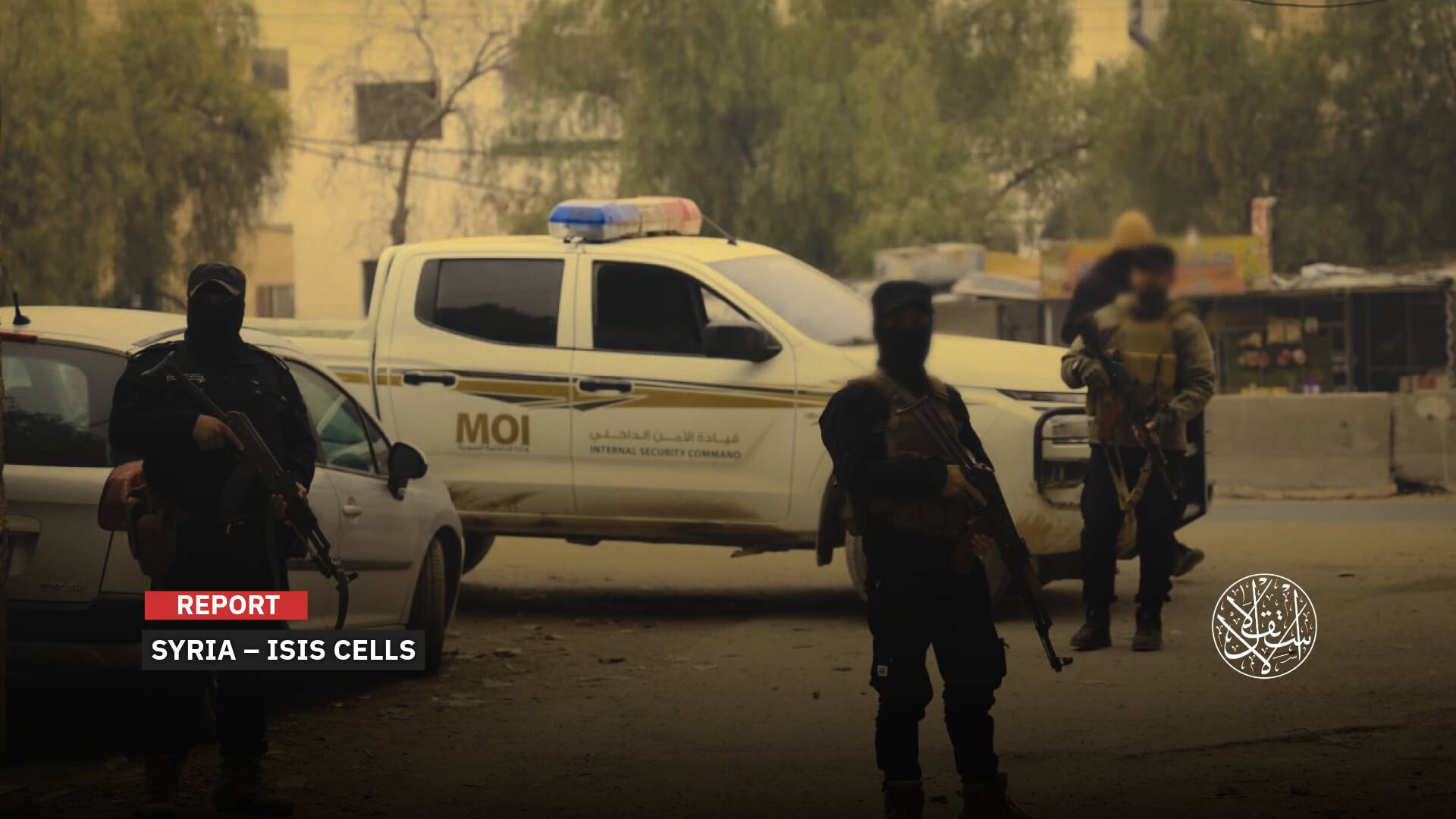The Islamic Battalions in Sudan: A Rescuing Force Against UAE-Backed RSF militia?

“Falling now means the end.”
On June 30, 2024, the UAE-backed Rapid Support Forces (RSF) militia, also known as the Janjaweed, attempted to capture Sinjah, the capital of Sennar State in central Sudan. The army, along with the Islamic Movement Brigades, stood against the militia's control of this strategic city.
In another nearby battle, the forces of General Mohamed Hamdan Dagalo, known as Hemedti, supported by the UAE, tried to fully conquer Sudan’s capital, Khartoum and Omdurman. The Islamic Movement Brigades mobilized to help halt the militia’s advance.
This was confirmed by RSF spokesman al-Fateh Qureshi on July 2, 2024, stating that the Sudanese army, with the help of the allied Islamic Movement Brigades, destroyed the Halfaya Bridge, which links the cities of North Khartoum and Omdurman.
He noted that the Islamic brigades assisted the army in demolishing the bridge to hinder the advance and attack of the rebel forces.
Sudanese military experts affirmed that without the support of the Islamic brigades for the Sudanese army, the outcome of the battles would have been much worse, and the rebel militia would have been in a much better field position, easily subjugating many states.
So how did the Islamic Movement Brigades manage to play such an advanced role in the war? How were they formed? What are their main units? Who are their key leaders?
Emergence
The establishment of the Islamic Movement Brigades in Sudan involves two main phases. The first phase dates back to the early days of the Islamist rule following what is known as the Salvation Coup, also referred to by Islamists as the National Salvation Revolution, on June 30, 1989, which paved the way for the rule of former President Omar al-Bashir.
At that time, the Popular Defense Forces (PDF), affiliated with the Sudanese Muslim Brotherhood, were founded.
The PDF was a paramilitary force that adopted the slogan Jihad - Victory - Martyrdom and was counted as part of the Sudanese Armed Forces by law.
This was due to their establishment by the regime as a semi-military force composed of Sudanese citizens, similar to Iran's Basij forces.
Indeed, the PDF became a reserve force for the Sudanese Armed Forces. After its establishment in 1989, its size grew as many tribal groups across Sudan were integrated into it, making it a formidable force.
According to a 2004 report by the Federal Research Division of the Library of Congress, the PDF comprised 10,000 active members with more than 85,000 reserves.
They were deployed alongside regular army units against various rebel groups, including those in Darfur.

Current Formation
After the fall of Bashir’s regime, the Islamic movement brigades reformed themselves in a new image.
This reformation can be traced back to the late era of Bashir, in December 2018, when the existence of "shadow brigades" affiliated with the Sudanese Islamic movement was first announced.
At that time, the former Secretary-General of the movement, Ali Osman Mohammed Taha, famously declared, "We have shadow brigades you know of."
These brigades emerged powerfully when the war between the army and the Janjaweed erupted in April 2014.
They announced their presence and participation in the fighting alongside the army against the rebels and those they called "traitors and agents" affiliated with foreign entities (the UAE).
On January 7, 2020, a brigade named al-Bara Bin Malik Battalion, one of the strongest formations of the Islamic Movement, was officially announced. This brigade played a significant role in supporting the army and repelling the Rapid Support Forces in several locations.
The elements of al-Bara Bin Malik Battalion, led by al-Misbah Abu Zeid, joined the fight alongside the army days after the war broke out, mainly positioning themselves around Khartoum and Omdurman.
According to a report by Alhurra on February 28, 2024, members of al-Bara Bin Malik Battalion received their training from the Sudanese Army and the Sudanese Intelligence Service.
On April 10, 2024, Middle East Eye reported that the Islamic Movement Brigades, specifically al-Bara Bin Malik Battalion, suffered numerous casualties in various locations.
One particularly bloody and fierce battle highlighted was their defense of military units in Khartoum.
The battalion’s leader, al-Misbah Abu Zeid, was injured in fighting in Khartoum and was visited by the head of the Sovereignty Council, Army Commander-in-Chief Abdel Fattah al-Burhan, in Atbara Hospital.
According to the British news website, al-Bara Bin Malik Battalion is represented in at least two military divisions, the armored corps and infantry, and has a strong presence within the Central Reserve Forces.

Securing the Battle of Omdurman
One of the most critical roles played by the Islamic Movement Brigades, particularly the al-Bara Bin Malik Battalion, was their part in repelling the Rapid Support Forces' attack on Omdurman and preventing its fall.
On February 4, 2024, the Sudanese army announced in a statement that the armored corps units south of Khartoum, with the assistance of the popular resistance, executed a successful military operation against the enemy lines (Rapid Support Forces), inflicting heavy losses in equipment and lives.
For the first time since the conflict began, the Sudanese army started to establish positions in Omdurman's main market after expelling the Rapid Support Forces.
Thanks to the strong support of the Islamic brigades, the official Facebook page of the armed forces posted on February 8, 2024, footage of Abdel Fattah al-Burhan inspecting the frontline positions of the armed forces in Omdurman.
Sabq, the local Sudanese newspaper, reported on February 5 that the Islamic Movement Brigades deployed special teams, including the Omdurman Old Town Resistance Intelligence.
Omdurman is a significant part of the capital, with control shared between the army and the Rapid Support Forces.
These teams assisted the army in its surprise attack, consisting of trained and selected popular cadres tasked with gathering information on the locations of the Rapid Support Forces, monitoring their movements, and aiding military units in accurately targeting air and artillery strikes against their positions.
Solid Structure
Another prominent group within the Islamic Movement Brigades fighting alongside the Sudanese army is the al-Bunyan al-Marsous Brigade.
It is one of the largest brigades, drawing its strength and members from the Popular Defense Forces.
What sets this brigade apart is that it includes former members of the National Intelligence and Security Service who left after Bashir's regime was toppled in 2019. This has made the brigade more organized and capable of managing battles effectively, earning significant trust among the army generals.
On May 20, 2024, the Sudanese news website Alrakoba reported that this particular brigade underwent advanced training in various weaponry.
Its members are stationed alongside the army in multiple locations across the three cities of the capital (Khartoum, Omdurman, and Bahri).

UAE's Battle
In his analysis of why these forces are fighting alongside the army, Sudanese journalist Mohamed Naser explains that regardless of the organizational relationship with the Muslim Brotherhood—whether close, distant, or former affiliation—all these formations fundamentally have an Islamic character.
During his interview with Al-Estiklal, he said, "This is natural given the gravity of the situation, and the Islamists have known from the outset that they are targeted by the UAE-funded Rapid Support Forces."
"Naturally, the UAE aims to crush the Islamists, particularly the Brotherhood, and eliminate them in Sudan, just as they did in Egypt and attempted to do in Yemen and Libya."
The Sudanese journalist highlighted that the Islamists are also aware of being targeted by the leftists and communists due to the extensive bloody history between them since the republic's founding.
"Therefore, there is no solution but to engage in battle and take up arms alongside the army. Falling now means the end, thus, we are facing a zero-sum battle that the Islamists are compelled to fight," Naser concluded.
Sources
- Military and popular formations fighting with the Sudanese army against the Rapid Support - get to know them [Arabic]
- The Brotherhood brigades fight alongside the Sudanese army [Arabic]
- Accused of controlling the decision: Are elements of the former regime fighting alongside the Sudanese army? [Arabic]
- Sudan: Revolutionaries fighting alongside army against Rapid Support Forces
- Shadow Brigades Emerge to Rescue the Sudanese Army from Its Predicament [Arabic]


